Stories Category: Intensive Care

Transfusions Stuck in an Endless Cycle of Denial
Each publication from Maitland, et al., gives us a glimpse of a greater medical truth, but our view is obstructed by questions about external validity. This group published the landmark FEAST trial that questioned the... read more

Interventions for Preventing Critical Illness Polyneuropathy and Critical Illness Myopathy
There is moderate quality evidence from two large trials that intensive insulin therapy reduces CIP/CIM, and high quality evidence that it reduces duration of mechanical ventilation, ICU stay and 180-day mortality, at the... read more

Assessment of Microcirculation in Cardiogenic Shock
The parameter most frequently used to detect tissue malperfusion is serum lactate. Novel, noninvasive methods to quantify microvascular perfusion have the potential to guide treatment in terms of optimizing organ perfusion... read more

Post-ICU Clinics and Peer Support Groups to Reduce PICS
Kyle B. Enfield, MD, and Kimberley J. Haines, PhD, BHSc, discuss implementing post-ICU clinics and peer support groups following critical illness to help reduce the burden of post-intensive care syndrome (PICS). Dr. Haines... read more
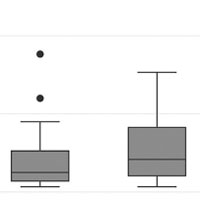
Epidemiology of Clinically Relevant Bleeding in Critically Ill Adolescents
Clinically Relevant Bleeding (CRB) is common in critically ill adolescents who are at high risk of venous thromboembolism (VTE). Admission after trauma or surgery can be used to stratify the risk of CRB in this population.... read more
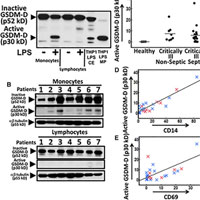
Circulating Gasdermin-D in Critically Ill Patients
This is the first study to demonstrate that the active form of GSDM-D is found exclusively in the circulation of septic critically ill patients raising its potential as an agent of dysregulated immunity in systemic infection.... read more
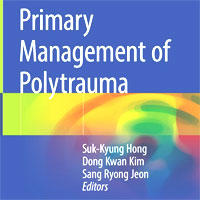
Primary Management of Polytrauma
This well-illustrated book describes a practical approach to the primary management of patients who have multiple injuries, or polytrauma, with the aim of providing medical and paramedical personnel with the knowledge required... read more

Feeding Should be Individualized in the Critically Ill Patients
Although energy expenditure can now be measured, we miss indicators of early endogenous energy production and of protein needs. A pragmatic ramping up of extrinsic energy provision by nutrition support reduces the risk of... read more
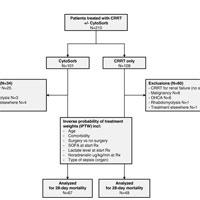
CytoSorb Associated with Decreased Observed vs. Expected 28-day All-cause Mortality in ICU Patients with Septic Shock
CytoSorb was associated with a decreased observed versus expected 28-day all-cause mortality. By IPTW analysis, intervention with CytoSorb may be associated with a decreased all-cause mortality at 28 days compared to CRRT... read more
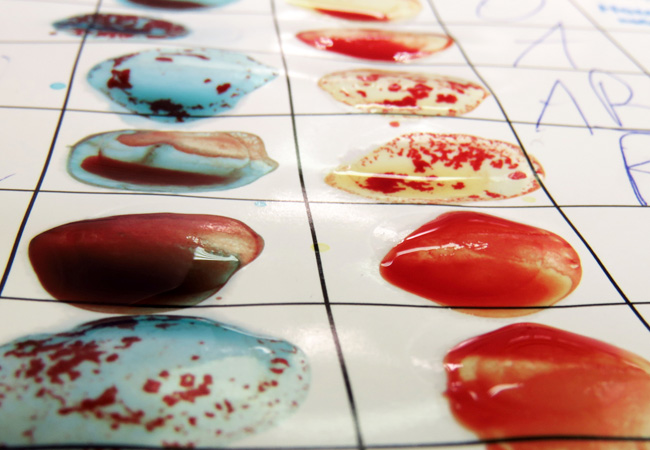
Blood Grouping Identifies Patients at Risk for Developing Venous Thromboembolism
Based on study of more than 28,000 TJA patients, presurgical ABO blood group testing looks like an inexpensive way to identify patents at increased risk for symptomatic postoperative VTE. Prophylaxis regimens can dramatically... read more

Prehabilitation and Nutritional Support to Improve Perioperative Outcomes
Studies evaluating exercise and nutrition interventions before elective major surgery in adults are producing encouraging early results, but definitive clinical evidence is currently very limited. Future research should... read more

Added Benefit of Noninvasive Ventilation to High-Flow Nasal Oxygen to Prevent Reintubation in Higher-Risk Patients
Liberating patients from ongoing invasive mechanical ventilation is typically a 3-step process. First, clinicians must recognize that patients may no longer require mechanical ventilation, when the reasons for intubation... read more

Palliative Care in the Emergency Department As Seen By Providers and Users
This study provides insights into targets for changes in Italian Emergency Departments. Room for improvement relates to training for healthcare professionals on palliative care, the development of a shared care pathway for... read more
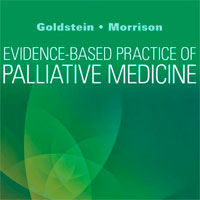
Evidence-Based Practice of Palliative Medicine
Evidence-Based Practice of Palliative Medicine is the only book that uses a practical, question-and-answer approach to address evidence-based decision making in palliative medicine. Dr. Nathan E. Goldstein and Dr. R.... read more








